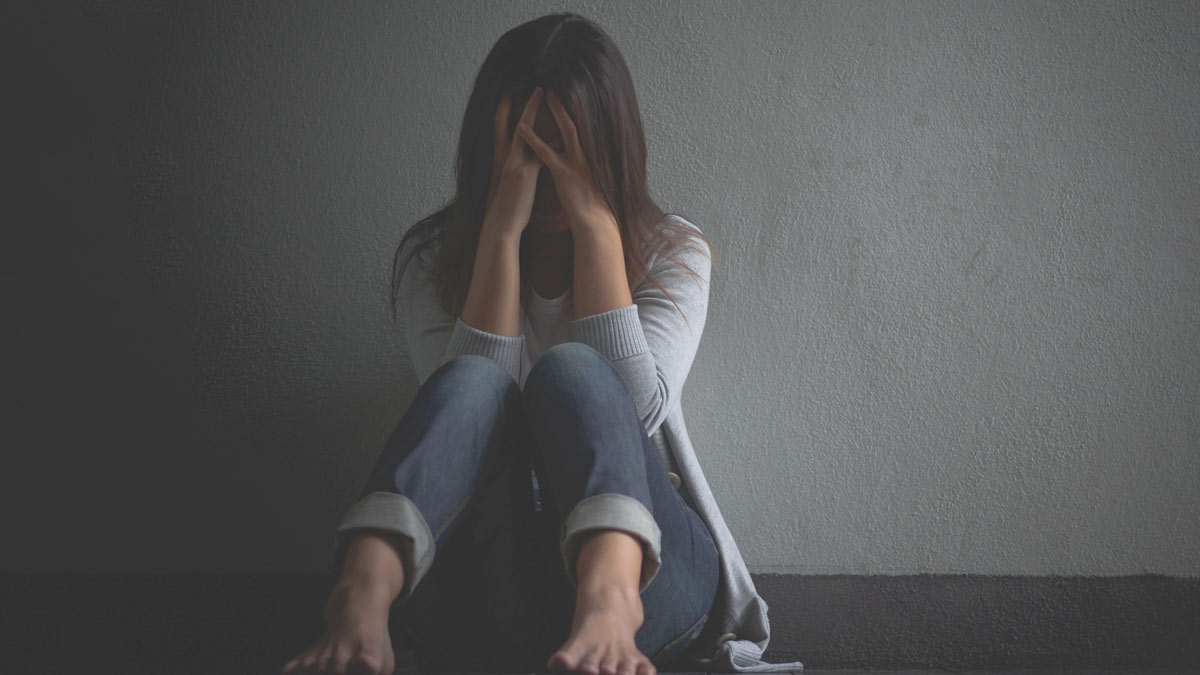
The power of the sun goes beyond providing warmth and light; it plays a crucial role in our overall well-being. When sunlight becomes scarce, especially during the monsoons, some individuals may experience a condition known as Seasonal Affective Disorder (SAD). This disorder is characterised by a range of symptoms that can significantly impact one's mood and daily life.
Sunlight plays a vital role in regulating our internal body clock and influencing various physiological processes. Exposure to natural light helps stimulate the production of serotonin, a neurotransmitter that affects mood and helps promote feelings of happiness and well-being. Additionally, sunlight triggers the release of melatonin, a hormone that regulates sleep patterns. When we are exposed to less sunlight, these delicate balances can be disrupted, leading to a cascade of symptoms associated with SAD.
Also read: Monsoons Call For Lazy Afternoons, Here Are Quick Ways To Boost Your Energy Levels
The most common symptoms of SAD include persistent sadness, low energy levels, changes in appetite and weight, difficulty concentrating, and a general loss of interest in activities once enjoyed. People with SAD often find themselves feeling excessively tired, experiencing a lack of motivation, and withdrawing from social interactions. These symptoms typically emerge during the fall or winter months when daylight hours are shorter and the amount of sunlight available is reduced.

Fortunately, there are various strategies to combat the effects of SAD. One of the most effective approaches is light therapy, which involves exposure to bright artificial light that mimics natural sunlight. This therapy helps to regulate the body's internal clock and restore the balance of neurotransmitters, alleviating many of the symptoms associated with SAD. Increasing physical activity, spending time outdoors during daylight hours, and maintaining a healthy lifestyle can also be beneficial.
Also read: Monsoons Call For Lazy Afternoons, Here Are Quick Ways To Boost Your Energy Levels
If you suspect that you or someone you know is experiencing symptoms of Seasonal Affective Disorder, it is essential to seek professional help. A healthcare provider can provide an accurate diagnosis and recommend an appropriate treatment plan. Remember, there is no need to suffer in silence. With the right support and strategies, it is possible to overcome the challenges associated with SAD and regain a sense of well-being, even during the darkest days of winter.
Also watch this video
How we keep this article up to date:
We work with experts and keep a close eye on the latest in health and wellness. Whenever there is a new research or helpful information, we update our articles with accurate and useful advice.
Current Version